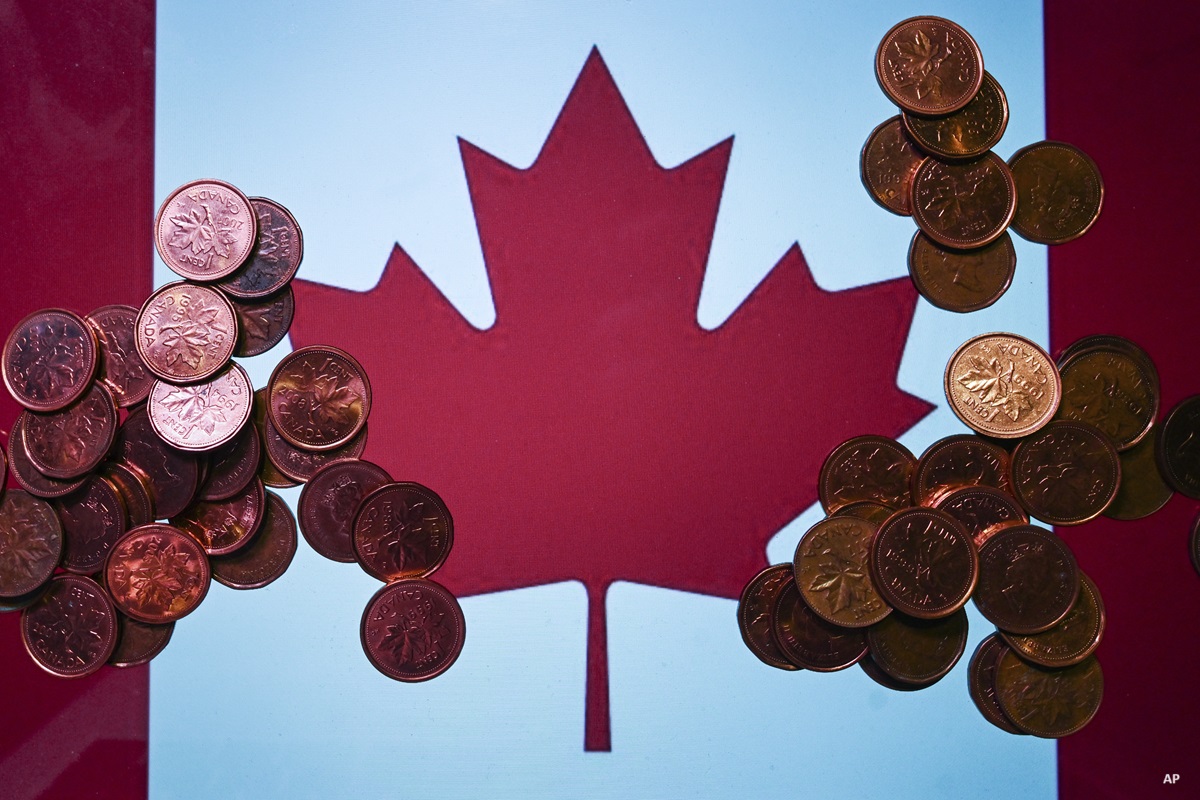Jeremy Glaser: For Morningstar, I'm Jeremy Glaser. Many retirees use the Bucket System to organize their portfolios. I'm here today with Christine Benz, she is our director of personal finance, for some year-end portfolio maintenance tips to think about if you do use the Bucket System. Christine, thanks for joining me.
Christine Benz: Jeremy, it's great to be here.
Glaser: I know we've talked about this many times, but can you just give a quick recap of what the Bucket Strategy is, what the Bucket Approach is and how a retiree would use it?
Benz:Absolutely. So, I always have to credit Harold Evensky, the financial planner in Coral Gables, Florida, for really influencing the Bucket Approach as I talk about it. He in his practice simply bolts on a cash bucket, Bucket 1, to his clients' long-term portfolios. So, the idea is that they have got enough cash set aside to cover them for the next couple of years, one or two years, and then they have a long-term portfolio that's appropriately allocated. The beauty of that cash bucket is simply that it lets them have peace of mind with the fluctuations that inevitably accompany the long-term portfolio.
In the Bucket Strategy that I talk about, I think about maybe a three-bucket system where you have very short-term spending needs, followed by intermediate spending needs which I have roughly sketched out as covering you for years three through 10 of your retirement and then your long-term spending money would go into equities. The middle piece would go into bonds. That's kind of the basic framework when we talk about the Bucket Approach that I'm thinking about.
Glaser: Retirees who are spending out of that first bucket, that means that it should be diminishing in size during the year. What's the right way to top that off to make sure you have enough money for 2019?
Benz:It's a great thing to think about, and it's important to think about that before you embark on a Bucket Approach: What is my strategy for replenishing that Bucket 1 as I spend from it. And to my mind, there are really three key ways you could go about doing that.
One is that you could be quite income-centric in terms of how you construct your portfolio. You could target current income primarily from the equities and bonds in your portfolio, and rely primarily on those income and dividend distributions to refill Bucket 1 on an ongoing basis. Or you could use a strict total return approach, reinvest all dividend and income distributions back into the portfolio, and then maybe once a year take a step back and do some rebalancing and see, well, this part of my portfolio has appreciated, and that's the one I will pull from to refill Bucket 1. Alternatively, you could use a hybrid of those two strategies. You could use income distributions but not go out of your way to build an income-centric portfolio, and then you could use rebalancing proceeds to meet any other cash flow needs that you might have.
How you refill your Bucket 1 for 2019 really depends on what strategy you are using. I happen to like that last approach, the hybrid approach. The good news is for bucketers that yields have gotten better. If you've been relying on organic yields to help source cash flows for your portfolio, that's gotten a little easier because not only have cash yields come up a little bit, but we've also gotten better yields from bonds even though we've had some short-term price dislocations. Definitely step back. Think about how you are employing the Bucket Strategy and use that to determine where you go for cash for next year.
One thing I would point out, Jeremy, for the strict total return, the rebalancers, it's slim pickings really when you think about market performance so far in 2018 where stocks have been pretty flat where we sit here in mid-December and bonds in some cases have losses.
This is one reason why I counsel for having a two-year bucket cushion, that if you are using that strict total return approach and there is no ready source of rebalancing proceeds, well, you've got two years set aside; even if you've spent one, you still have a year's worth left of cash flow for next year.
Glaser: Finally, what else needs to be on your radar as the year comes to a close?
Benz:I think you do want to also in addition to refilling Bucket 1, you want to think about any rebalancing that you need to do among the buckets. In 2018, as I mentioned, it hasn't been a meteoric year for either stocks or bonds. And in fact, foreign stocks are down a little bit. Maybe you want to do a little bit of intra-equity rebalancing, adding perhaps to foreign stocks because they have underperformed U.S. In a year like 2017, certainly, there would be many more rebalancing opportunities because we saw very strong equity market performance. Investors had the opportunity to strip back from equities and add to fixed income. It depends on the complexion of your portfolio. But generally speaking, you'd want to have rebalancing on your radar in addition to refilling that Bucket 1.
Glaser: Christine, thank you.
Benz:Thank you, Jeremy.
Glaser: For Morningstar, I'm Jeremy Glaser. Thanks for watching.





















